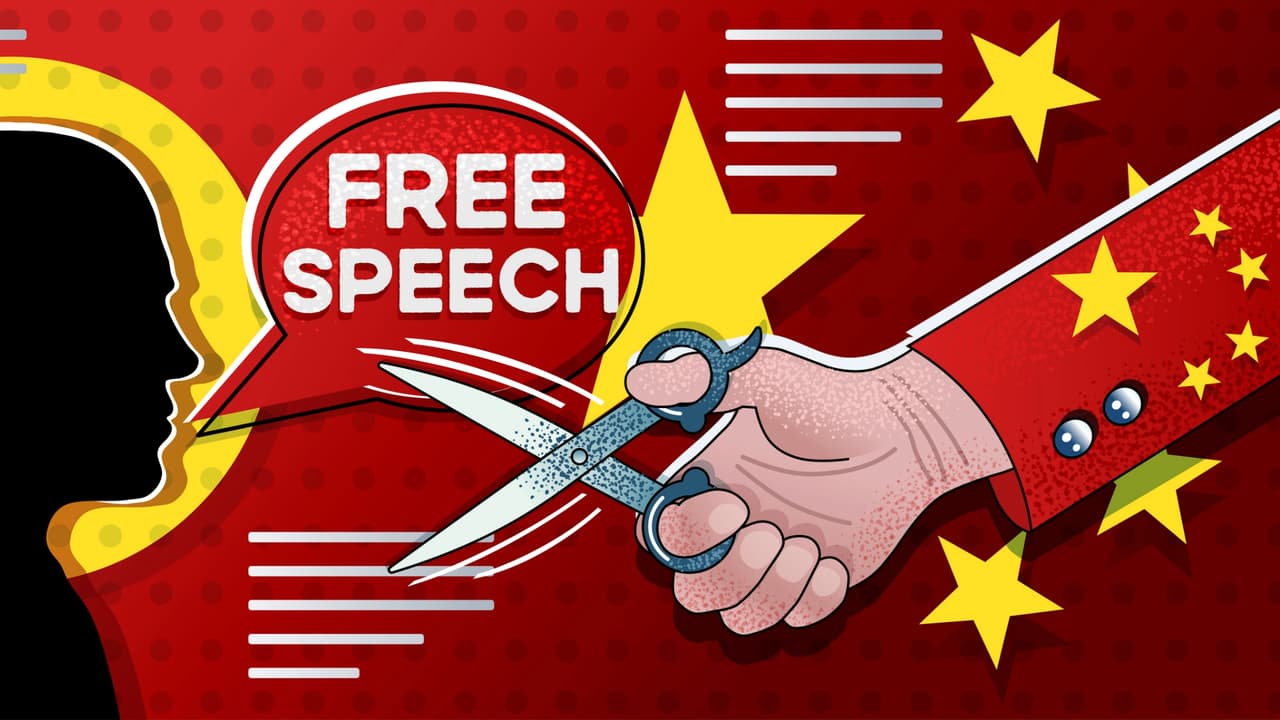From the 2013 Southern Weekly revolt to Xi Jinping’s “Party surname” doctrine, China’s press became a propaganda arm — a stark contrast to India’s constitutional and litigable media space that still defends contestation over control.
New Delhi: On the first week of January 2013, editors at ‘Southern Weekly’ in Guangzhou came to work expecting to publish their traditional New Year editorial — this one calling for constitutionalism.
Overnight, the Central Propaganda Department’s local enforcer rewrote it into a boilerplate hymn to Party rule.
Reporters protested, readers gathered outside the newsroom with flowers and placards and for a brief moment the country watched a respected paper revolt against line-by-line censorship.
Within days, the protest was smothered and the paper was “back to normal”, which in China means back under command.
The episode was a preview of the Xi Jingping era’s media doctrine which said that the newsroom would no longer be a place to test truth claims, but a terminal in the Party’s information system.
State-Controlled Propaganda: Beijing’s Manufactured Reality
Xi Jinping did not simply tighten rules. He rewired the media so that news is a function of Party work. When he toured Xinhua, People’s Daily and CCTV in February 2016 and declared that “media run by the party and the government must have the Party as their family name,” he converted a slogan into standing orders. The message to editors was that media must reflect the Party’s will, safeguard its authority and align ‘in thought, politics and action.’
From that moment the Central Propaganda Department ceased to be a backstage referee and became, in effect, the national editor-in-chief.
It issues daily ‘guidance’ on what to amplify, what to bury and what to erase, while parallel regulators extend the same discipline online. The result is a command chain — CPD to newsrooms to platforms — in which political reliability outranks verification.
The system rests on ownership, licensing and punishment. Major outlets are state or Party-owned.
The journalist accreditation regime conditions careers on ideological conformity and is routinely described, even by Chinese media policy analysts, as a licensing machine for self-restraint.
When “professionalism” is defined as political correctness, independent reporting becomes risky by design.
The numbers confirm the design. Reporters Without Borders’ 2025 Index places China 178th of 180, describing it as the world’s largest jailer of journalists and highlighting a model of absolute control that inspires other authoritarian regulators.
PEN America’s 2024 Freedom to Write Index counts 118 writers jailed in China, up from 107 the year before, roughly a third are online commentators, proof that the censorship perimeter now treats ordinary digital speech as publishable dissent.
Seen from inside a newsroom, this is how it works. Surveillance and sentiment-tracking move upstream from platforms to officials; censorship and takedowns flow downstream as “guidance”; and front pages are pre-loaded with patriotism, harmony and techno-nationalism to crowd out rival narratives.
The 2013 Southern Weekly intervention showed the mechanism in miniature. Xi’s 2016 slogan made it a national doctrine.
Contrast: India’s constitutional, plural and litigable press space
India’s media is contentious, uneven and often under pressure but it operates within a different constitutional framework.
Free speech is a fundamental right under Article 19(1)(a), and the Supreme Court has, since Romesh Thapar v. State of Madras (1950), read press freedom into that guarantee — striking down executive bans and warning against vague restrictions. That early doctrine matters because it created habits of litigation and public contestation unknown in Leninist systems.
The corrective tools are real. In Shreya Singhal vs Union of India (2015), the Supreme Court struck down Section 66A of the IT Act as unconstitutional for vagueness and over breadth — an explicit rejection of criminalising “offensive” online speech.
However imperfectly enforced, that judgment remains a standing barrier against the kind of catch-all speech crimes that underpin China’s propaganda-security model.
India’s rankings reflect its frictions — ownership concentration, political heat, online harassment and occasional misuse of state power — but the structure remains plural.
Competing national and regional outlets, partisan portals and critical YouTube channels coexist and scrutinise one another; rival media report raids and arrests; and controversies are argued in courts that can and do invalidate speech-restricting measures. Those feedback loops — report, litigate, appeal, counter-report — are precisely what the CCP has dismantled at home.
The angle, sharpened
In China, the newsroom has been militarised into an obedience hub — an information command centre wired to the Central Propaganda Department and backed by licensing and prison.
In India, despite real problems, the press still operates within a constitutional, adversarial and litigable space where citizens own speech and the state must justify limits.
One model seeks information dominance; the other insists on information contestation. That is why the Southern Weekly moment was a harbinger — it showed a system that edits reality itself and showed why Beijing’s “surname is the Party” doctrine had to erase the very idea of journalism to work.
